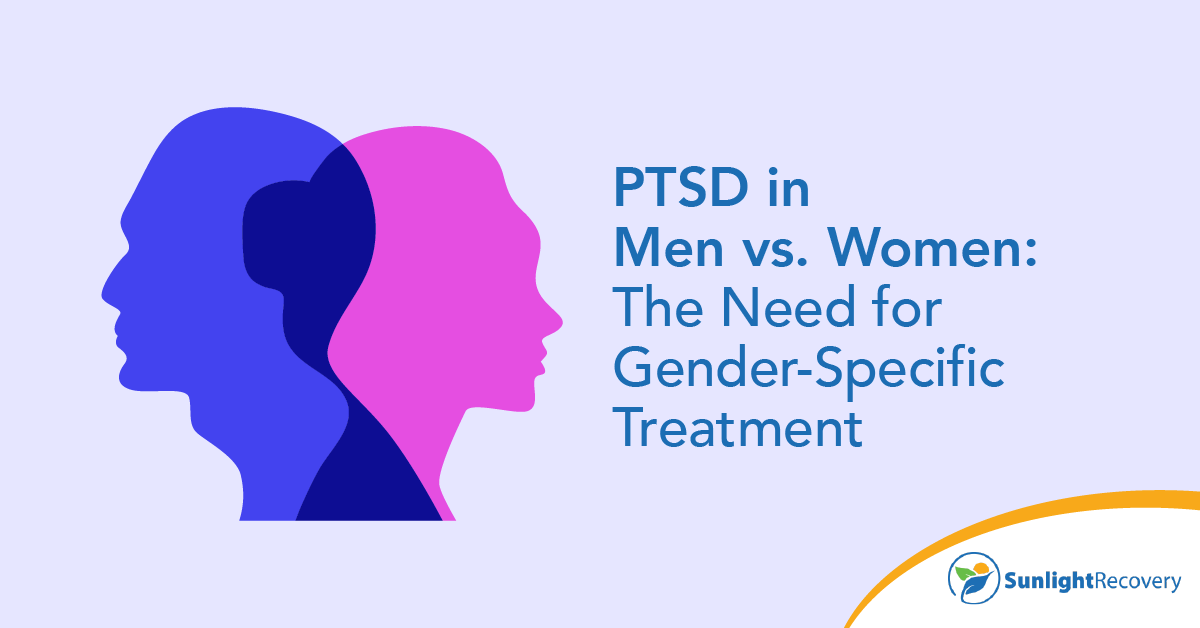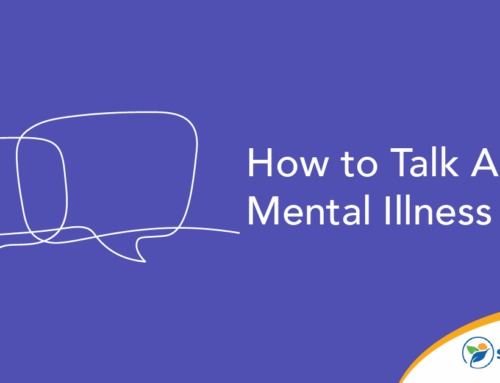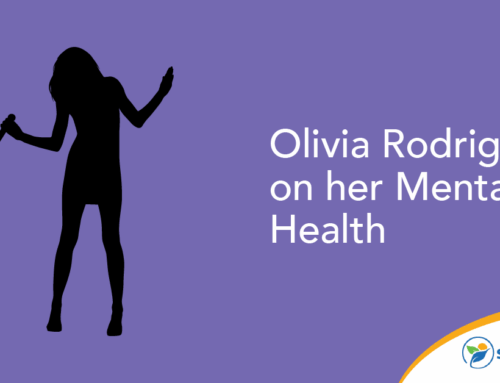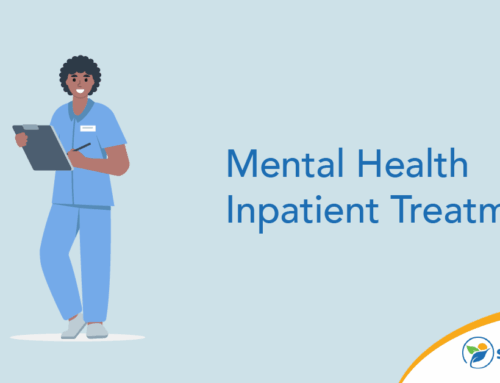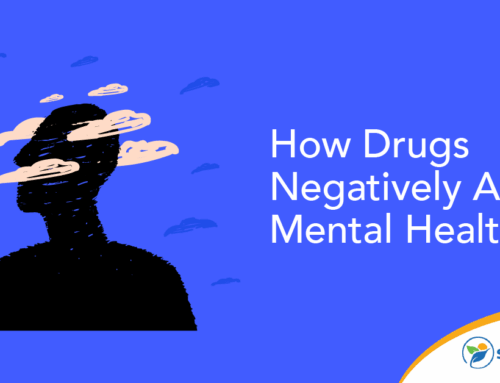Post-traumatic stress disorder, or PTSD, is a mental health condition that may arise after exposure to a traumatic event, bringing with it intrusive thoughts, emotional numbness and unhealthy coping mechanisms. While many cases share these symptoms, it is more common in females than males. In fact, a 2024 American Psychological Association article reports that PTSD in women appears twice as often in men throughout their lifetimes: 10%-12% versus 5%-6%, respectively.
How PTSD Manifests Differently by Gender
The specific conditions that trigger this disorder, as well as the negative impacts it has on a patient, are often heavily influenced by gender. A 2024 article by the Veterans Administration reiterates that the number of women impacted by PTSD could be up to double that of their male counterparts.
While each case is unique, symptoms of PTSD in women are more likely to appear as or alongside internal symptoms such as anxiety and depression. Conversely, afflicted men are more likely to show external symptoms, such as substance abuse or outsized reactions to trauma-trigger reminders as coping mechanisms.
Biological, Social and Cultural Influences
Cultural expectations and norms have a heavy influence on the way post-traumatic stress disorder is both diagnosed and treated. In communities such as the health care industry or the military, which often blur lines between jobs and social networks, speaking out about mental health struggles can negatively impact both social connections and careers. Unspoken societal mantras to “toughen up” or “hold it together for the kids” can put men and women with PTSD in an uncomfortable place where they don’t feel safe speaking up or seeking help.
PTSD in Women Versus Men
There are no absolutes for PTSD; a traumatic event might be a momentary discomfort for one individual and a lifelong trigger for another. That said, PTSD in women has a significant statistical likelihood to stem from sexual abuse or trauma, particularly in youth. In these cases, a woman might display “tend and befriend” behaviors to pacify and contain perceived potential threats rather than the more expected fight-or-flight reaction.
Men, particularly those diagnosed with PTSD linked with military service, may self-soothe or react with defensive behaviors, irritability and violence or substance abuse. While overall research suggests that male sufferers are more external or reactionary, both men and women share some common symptoms, such as emotional numbness or “shutting down” when faced with a trigger.
Barriers to Seeking Help for PTSD
As with many complex mental disorders, one of the biggest obstacles to appropriate care is informed diagnosis and knowledgeable professional help. Without treatment, PTSD can be debilitating and lifelong, impacting relationships, jobs and other areas of the person’s life. It requires expert care to both acknowledge and treat what may be years or even decades of undiagnosed symptoms, and the disorder itself can make navigating health insurance options seem overwhelming.
Symptoms of PTSD in women and men alike also manifest as avoiding discussion or even interacting with medical providers of the opposite sex. This avoidance is a coping mechanism, an effect of the brain trying to keep recurring thoughts and triggers at bay, but it’s also a big barrier to getting effective treatment. Solutions such as women-only group therapy or female therapists can help bridge the gap for women with PTSD who’ve experienced sexual assault from men. Conversely, for men with PTSD, seeking out male providers offers a similar benefit. This approach offers them the ability to discuss struggles without the complication or expectations of societal gender roles.
Common Questions for PTSD Diagnosis
How Do I Get Diagnosed?
Request an assessment from your current mental care professional, or ask for a referral to a professional with training or specialization in post-traumatic stress disorder. When booking your appointment, don’t hesitate to advocate for a provider of a specific gender if it makes you more comfortable. This is a very common request and easy for most medical offices to accommodate.
What If My Traumatic Event Happened a Long Time Ago?
The Mayo Clinic advises that PTSD can manifest shortly after a triggering event, such as witnessing violence, death or involvement in a serious car accident, but it doesn’t always do so. If you’ve noticed PTSD symptoms for a month or longer, regardless of when the event occurred, you should still seek diagnosis and potential treatment. If you’re concerned a PTSD diagnosis might negatively impact your career, ask questions beforehand about patient privacy and how your potential medical provider handles your information.
Where Do I Find Support?
Symptoms of PTSD in women, in particular, include self-isolation and taking on extra work or tasks to avoid intrusive thoughts. If you’ve noticed these isolating or burying behaviors, external help is a great way to break the cycle. Try asking your medical health provider for suggestions for local support groups tailored to your trigger: grief support groups for losses, military support groups for veterans and so on. Most of these options will be anonymous and offer flexibility in attendance frequency.
How Is PTSD Treated?
Much like the diagnosis itself, the treatment plan for each case of PTSD will be uniquely tailored to the patient. Generally speaking, combination therapies and ongoing support are foundational, and certain medications may be discussed as well. Being honest and open with your provider is the best way to start on a path to healing, so don’t be afraid to talk candidly about any intrusive memories, fears or triggers when discussing your concerns.
Moving Toward Inclusive, Effective Care
Effective treatment begins with self-acknowledgement and continues with seeking an official diagnosis and treatment plan. Remember that your medical team is specifically here to help you; they’re never judging you for what you’ve experienced and lived through.
While it can be difficult to reach out for help with something as complex and emotionally heavy as PTSD, assistance is easier and closer than ever before. You deserve to live your life to the fullest without the distraction and distress of intrusive memories, insomnia, and unexpected triggers that may be impacting your well-being, relationships and career.
Navigating Your PTSD Recovery
The dedicated professionals at Sunlight Recovery are here to help you move through your traumatic event, minimize or even eliminate your PTSD symptoms and restore a more focused sense of self. Contact us today to start reclaiming your life and living beyond trauma.


